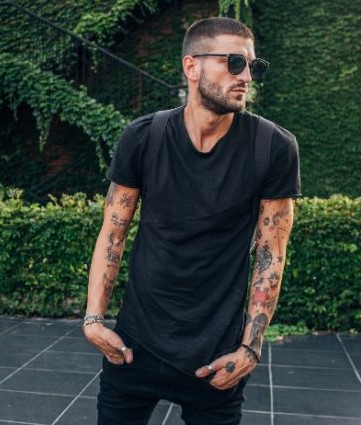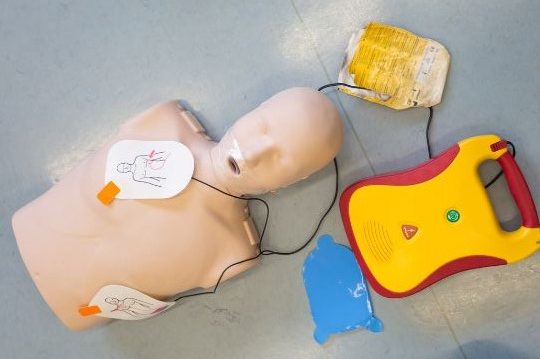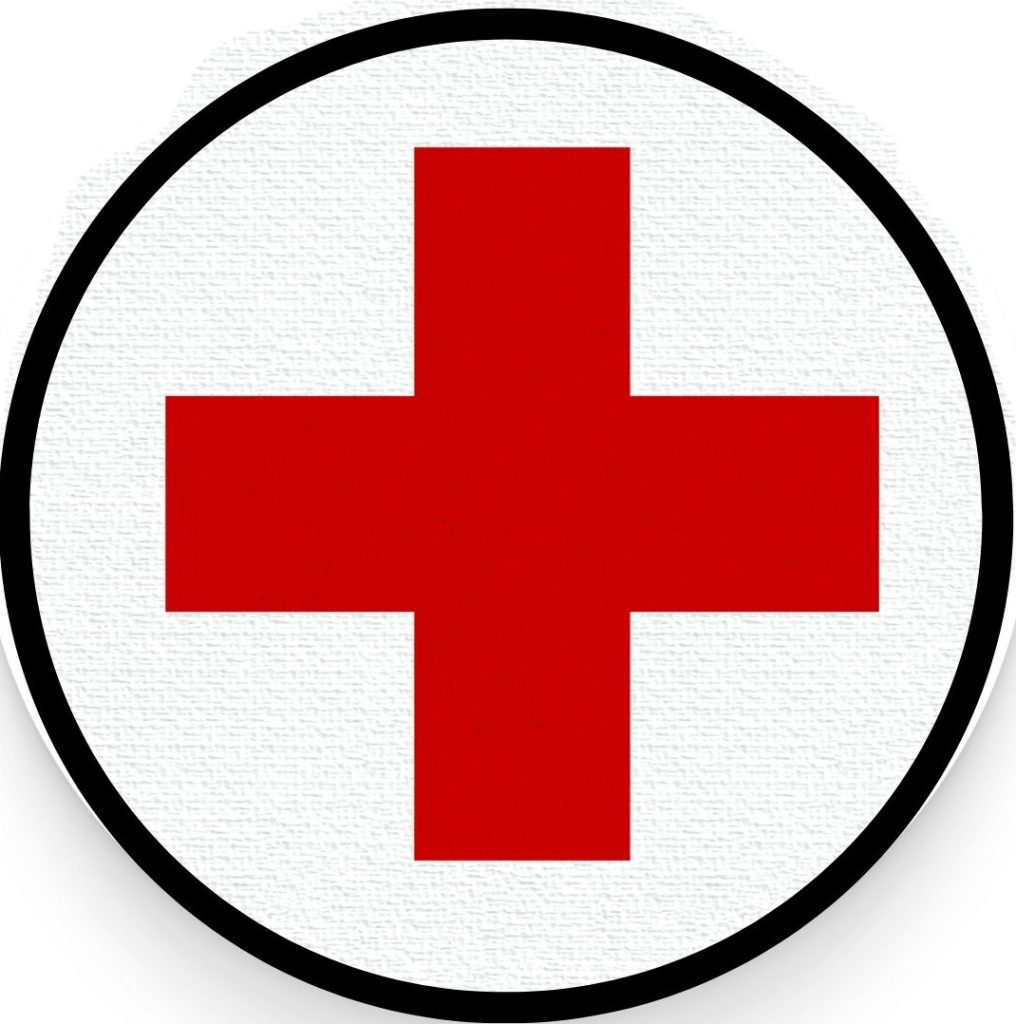꙳꙳꙳꙳꙳꙳꙳꙳꙳꙳꙳꙳꙳꙳꙳

dudeThe man in charge of the testing looked like he would be right at home in West Asheville. With his scruffy beard, multiple tattoos and slack sense of purpose, he entered the room, said, “I’m Chris,” and then sat in a chair to set up his computer. All of us who had gathered there to be tested on our CPR skills looked at each other with questioning eyes. “Is this our guy?” we all seemed to be saying, “or just some tech dude sent in to set up for the Red Cross representative.” I wanted my CPR tester to look like someone who had maybe worked in an emergency room or perhaps at least drove an ambulance. Someone without tattoos and an army jacket. A take-charge individual wearing a white jacket over a set of scrubs would inspire more confidence. I wished to be judged by a professional who exuded no-nonsense, medical-hero vibe and looked the part–not by some slovenly-dressed, monosyllabic biker.
Chris proceeded to spend the next 45 minutes taking attendance and pulling half-bodied humans from a set of bags. No one else seemed to be coming. I’d spent several hours (maybe 2) taking the online portion of the class, getting reacquainted with the fundamentals of CPR and AED use along with first aid for choking victims. I’d passed the online test with, if not flying colors, then adequately forward-moving tones. This stuff changes every time I retake the certification course. The current curriculum featured a tweak on choking procedures. Now I had to make the poor victim bend forward from the waist and slap them five times between the shoulder blades before performing the Heimlich maneuver–now called abdominal thrusts because the Heimlich family wanted to be paid by anyone using their name when referring to their daddy’s contribution to medical science–or so we were told by Chris.

victimEach of the ten of us in the room had to prove by previously received email that we had indeed passed the written, online exam. This took up more time as we marched forth with our phones or copies of our emails. Among all the summer camp counselors, river guides and lifeguards in attendance, I was the oldest and only person to actually print out the email. And prudently so, as I would never have been able to locate that email again on my phone in a timely manner. Not that time seemed to mean much to Chris.
I started a conversation with the young man sitting next to me. He had been complaining to a fellow camp counselor about the errant behavior of middle schoolers. I conceded the fact that they were quite possibly at the most challenging age, but were also much in need of his friendly counselling. He smiled wisely as if this had already occurred to him. We agreed that most preteens were fun to work with even if they were rough around the edges. A middle-aged woman on my other side chimed in and told me she ran a pottery camp in the summer and gave me the location. I wasn’t sure why, as I felt I did not look like a mother of pre-teens. Maybe she was soliciting participants from the pool comprised of my many grandchildren. I didn’t disabuse her of my grandmotherly status. Nor did I voice my opinion about how quickly middle schoolers might lose interest in the proper method of shaping clay on a spinning disk. I imagined the flinging of wet muck amongst some bored, rascally kids.
Chris interrupted this friendly talk by placing a half human torso on a table at the front of the room. We all fell into a state of attention. All we had to do, he explained, was to show him we knew the proper sequence of events (check, call, care) and how to place our hands. We would not have to place our mouths on the mouth of the half-human torso as nobody wanted to take the germy risk of contact with an unknown person. Also, you could buy a face mask sort of thing as shown on the online videos if you wanted to go all out and blow into the mouth of an unconscious person. We could, if the situation warranted concern for our own safety, perform only the chest compressions The head tilt/chin lift maneuver was all he needed to see us accomplish in this area of rescuing.

compressionsHe demonstrated the procedure he would evaluate us on with the plastic torso on his table. These dummies were now called models as dummy was not a nice word, or something along those lines. The dummies–excuse me–models, would light up at the shoulder if we pressed down with the appropriate adrenaline-infused strength. We also had to show him we knew how to start the AED and where to place the pads. Yelling the word “Clear” seemed to be of utmost importance because while rescuing one individual, you might accidently shock yourself or a bystander. I’m definitely going to remember that! If we followed the voice on the machine, we’d most likely do it correctly.
We were paired off and given a model to practice on before the final reckoning. Chris had placed all the models on top of the tables. That created something of a height challenge for me. My first few compressions did not light up the shoulder as my partner quickly pointed out. My first instinct was to fling the half human onto the floor where it was supposed to be, but I felt this might be too much of a criticism about Chris’s choice of testing area. So, for my observed chest compressions, I had to rise up on my toes to get the proper leverage for pressing the full two inches into the chest of my model. My calves loudly protested this maneuver, but I was saving a life here, so I ignored them and lit up the room with my robust compressions after diligently checking the area for safety, requesting someone in the blue shirt to call 911 and acing the old head tilt/chin lift routine. First, second and third checks: done.

shockingWe next received an AED kit. The worst you can do with an AED is to shock yourself or other inappropriate persons, which might cause a slew of extra problems for any rescuer. I repeated in my head, “Follow the AED voice, follow, follow, follow).” There’s a chart to show you where to place the pads. My partner and I aced this part as we sort of coached each other when Chris wasn’t looking. My partner was so good at yelling “Clear,” that, though I was standing behind her during her test, I actually took a step back. When my turn came, I distracted Chris with a question. The pads had to be placed on bare skin, meaning we had to unclothe the victim. Did the AED kit come with a pair of scissors, as I had seen in the online demonstration? Otherwise, it would be hard to disrobe an unconscious person in order to get to the skin. Most kits had scissors, I was told. Of course, I then worried that I would get the sweatshirt-clad, heavy-set lady wearing a formidable bra and a kit with no scissors. I would need to create for myself a plan of action should that event ever occur. I didn’t actually see Chris roll his eyes, but I felt a certain sense of ocular movement. Then I emulated my partner by vehemently shouting “Clear!” and pressing the lit button to save my already-naked, plastic, half-friend in need. Forth check: done.

un-chokingThe choking component of our training did not require an actual test. However, Chris chose this moment to reveal his qualifications as a Red Cross CPR, etc. trainer. The fatigue jacket was legit. He had worked as a medic in the army. I was duly impressed with his credentials, but my only knowledge of army medics came from watching old episodes of MASH. He should have started the class with this information. Then I could have envisioned our instructor/examiner as a young, chubby Hawkeye Pierce. He proceeded by telling us why the Red Cross current practice of having a choking victim lean forward so we could slam them on the back was not practical. The online videos showed a person passing out, bending at the knees and falling backwards, where you, the rescuer could catch them and hold their weight as you gently laid the victim on the ground. I felt this scenario showed a bit of overconfidence on the part of the Red Cross in the short population’s ability to successfully stick that landing. What would happen if that person passed out while leaning forward? He would fall on his head and, if you were still attached, take you with him. I had a decision to make. Should I put all my faith in the Red Cross professionals who wrote the procedural manual for saving lives, or should I listen to the West Asheville ex-army medic biker?
It was possible the ex-army biker had some real-life experience with large persons fainting and falling on their heads, whereas the expert specialists of life saving felt it necessary to cover most cases and could not easily print directions for every possible scenario. Keeping a level head during an emergency and evaluating the circumstances at hand would most likely guide my decisions toward the best course of action. If the victim is Hagrid-sized, no bending over. It was nice to know we could judge this situation for ourselves, adapting the rules as needed.

a red crossWhen we finished, I left with an initial next to my name, meaning I passed the exam. I sat in my car for a few moments pondering the seriousness of what was learned. After participating in this ritual several times over the course of many years, I once again hoped I would never have to do any of this stuff. Every time I need to renew my CPR credentials, I chafe at having to find a course and go through all the motions. And every time I’m done, I realize that having the steps fresh in my mind means I have a good chance of doing what’s needed should the unthinkable happen. I’ll be ready…but maybe I’ll keep a pair of scissors in my backpack just in case I get one of those AED kits without them. Hey! Don’t roll those eyes, I just never want to be known as the poor hero who failed due to fumbling with a bra.
This we’ll defend,
Cheryl
PS: It’s not only CPR that saves lives. Quote of the week in the above menu!




Thank you so much for your cpr efforts. The things I didnt know!
Every day is a learning experience. Thanks for reading!
I love your writing, for example…..”I’d passed the online test with, if not flying colors, then adequately forward-moving tones.”
Writing is so much fun! Playing with words is one of my favorite pastimes!
An entertaining read!! Don’t forget to remove the scissors before security of boarding a plane…. Oh, wait… ????
Yikes, hadn’t thought of that. Thanks world traveler!